Welcome to Blue Book!
Are you ready to join the thousands of companies who rely on Blue Book to drive smarter decisions? View our plans and get started today!
Still have questions? We’d love to show you what Blue Book can do for you. Drop us a line– we’ve been waiting for you.
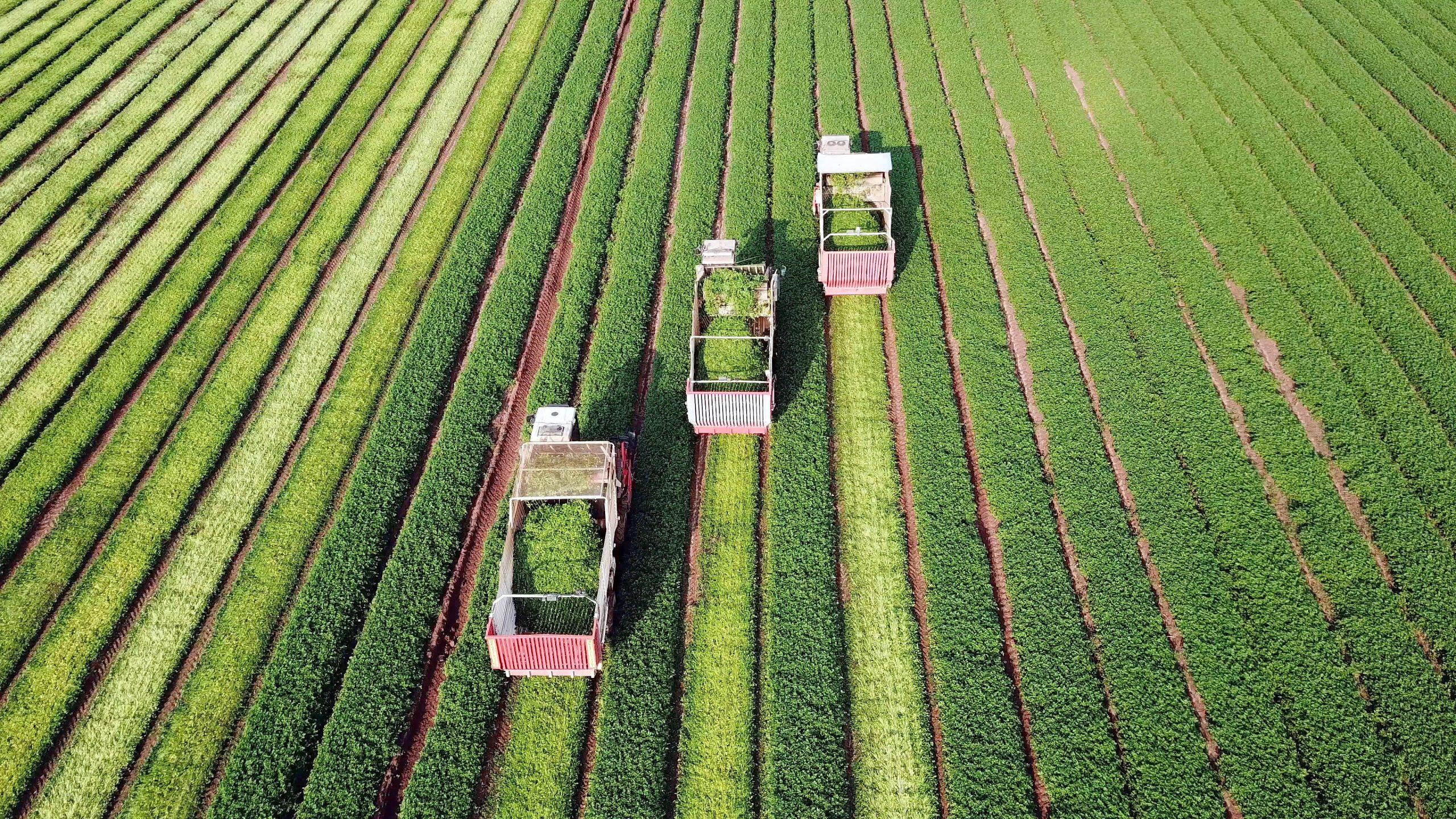
MagioreStock/Shutterstock
In this article

In the early days of May, New Jersey crops were in the ground and folks along the fresh fruit and vegetable supply chain were optimistic about the season even as the start was a bit soft for some.
“It’s not our time yet,” says John Molinelli, president and owner of John Molinelli, Inc. BB #:117787 of Vineland, NJ, a grower-shipper and distributor. “It’ll be fine,” he insists. “Everything will shake itself out.”
Impressive Output
New Jersey, aka the Garden State, continues to be a leading producer of fruits and vegetables, especially in the South Jersey area where more than 100 different varieties of fruit, vegetables, and herbs are cultivated every year.
Vegetable sales in 2024 were nearly $225 million, up from $209 million in 2023, according to the U.S. Department of Agriculture’s National Agricultural Statistics Service.
The outlook for 2025, from Joe Atchison III, assistant secretary of agriculture for the New Jersey Department of Agriculture (NJDA), looks positive, and he believes the state will maintain its strong position in the market with its top crop, blueberries.

In 2024, blueberries had a production value of more than $82 million.
Among New Jersey’s other top crops in terms of production value include tomatoes ($56.5 million), bell peppers (nearly $53 million), and sweet corn (more than $30 million).
They are followed by cranberries ($21 million), cucumbers and peaches (each at $18 million), and squash ($13 million). Atchison says the state has also been a top-five national producer for asparagus and spinach, and eggplant and cucumbers are other favorites.
“We expect the top crops to continue to be blueberries, tomatoes, bell peppers, eggplant, sweet corn, cucumbers, cranberries, squash, asparagus, and spinach,” he reports.
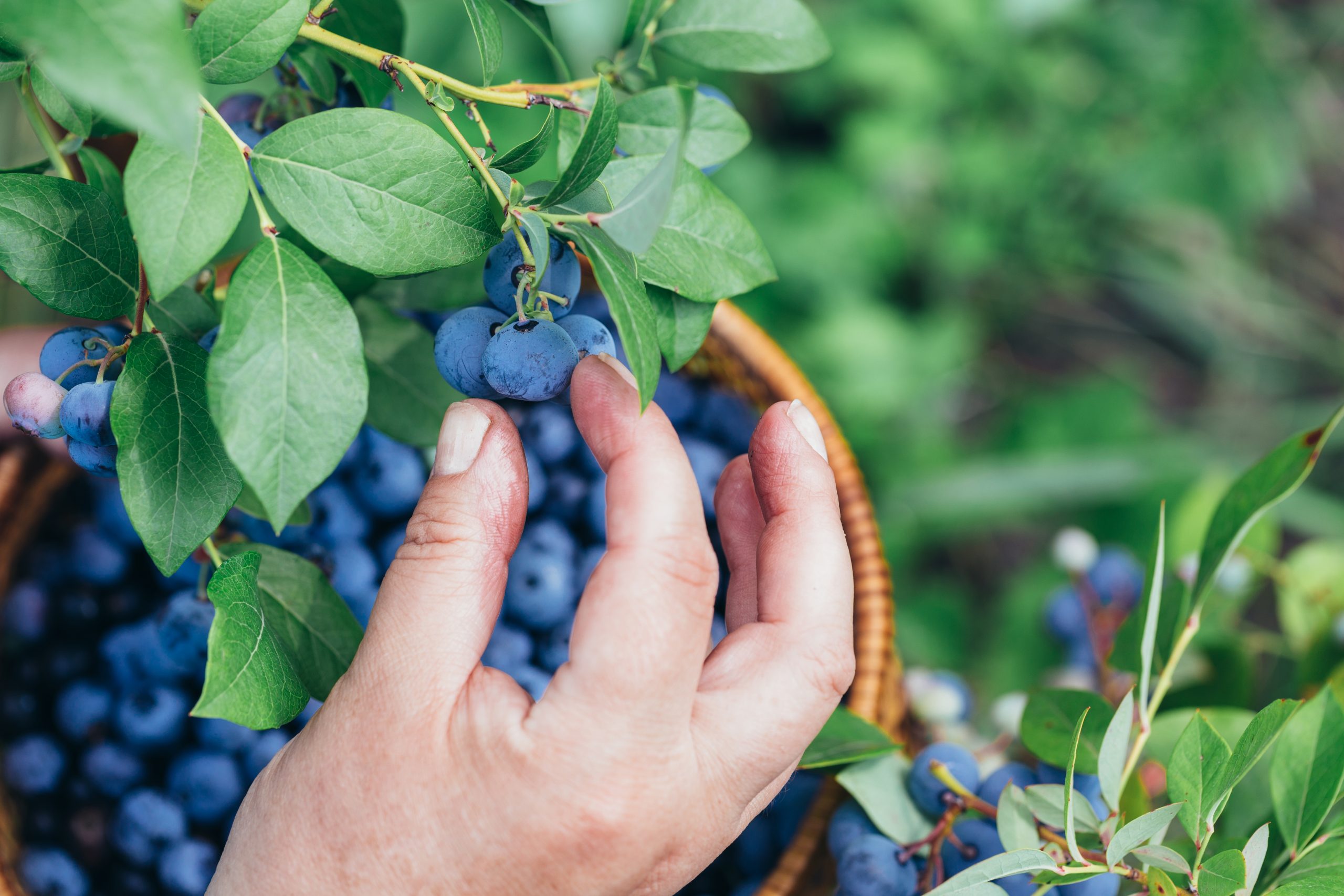
Tariff Concerns?
The proposed tariffs from the Trump Administration haven’t dampened the outlook of local operators and were not a popular topic of conversation. Business leaders largely wanted to steer clear of it.
Atchison, while noting, “We will largely need to wait and see what the impact may be on our various sectors,” also feels the proposed tariffs “could potentially help vegetable growers who have received competition from imports from other countries in recent years.”
“It’s interesting to see what’s happening with tariffs,” acknowledges Bill Nardelli, Jr., vice president of sales for Nardelli Brothers, Inc. BB #:101204 of Cedarville, NJ, a grower-shipper and distributor.
“As an American grower, we look for support from local areas.”
For Ronald Budd, vice president of Gloucester County Packing Company BB #:101514 in Woodbury, NJ, a receiver and repacker of potatoes and onions, the tariffs aren’t an issue as they’ve not been applied to potatoes and onions from Mexico and Canada, his mainstay crops.
He imports some potatoes from Canada, November to June, and onions from Mexico in February and March. If tariffs become an issue, he says, “We’d have to pass along the costs. The profit margin wouldn’t handle the tariff increase.”
If the tariff rises to 25 percent, Budd says he would not source product from those countries. He’d get domestic potatoes elsewhere.
Great Expectations
For everyone contacted for this article, the focus is mostly on this year’s growing season and coming harvests.
Gloucester County Packing handles potatoes grown on 2,000 acres in central and southern New Jersey and another 1,000 acres of onions. Half the potato yield goes to processing for potato chips.
The acreage hasn’t changed much over the years, says Budd, but the number of growers has declined, as the tally of family businesses has shrunk due to retirements and younger family members opting for careers outside of farming.
New this season at John Molinelli, Inc. are peppers, such as long hots (Italian long hot peppers), jalapeños, and cubanelles, as well as eggplant and squash.
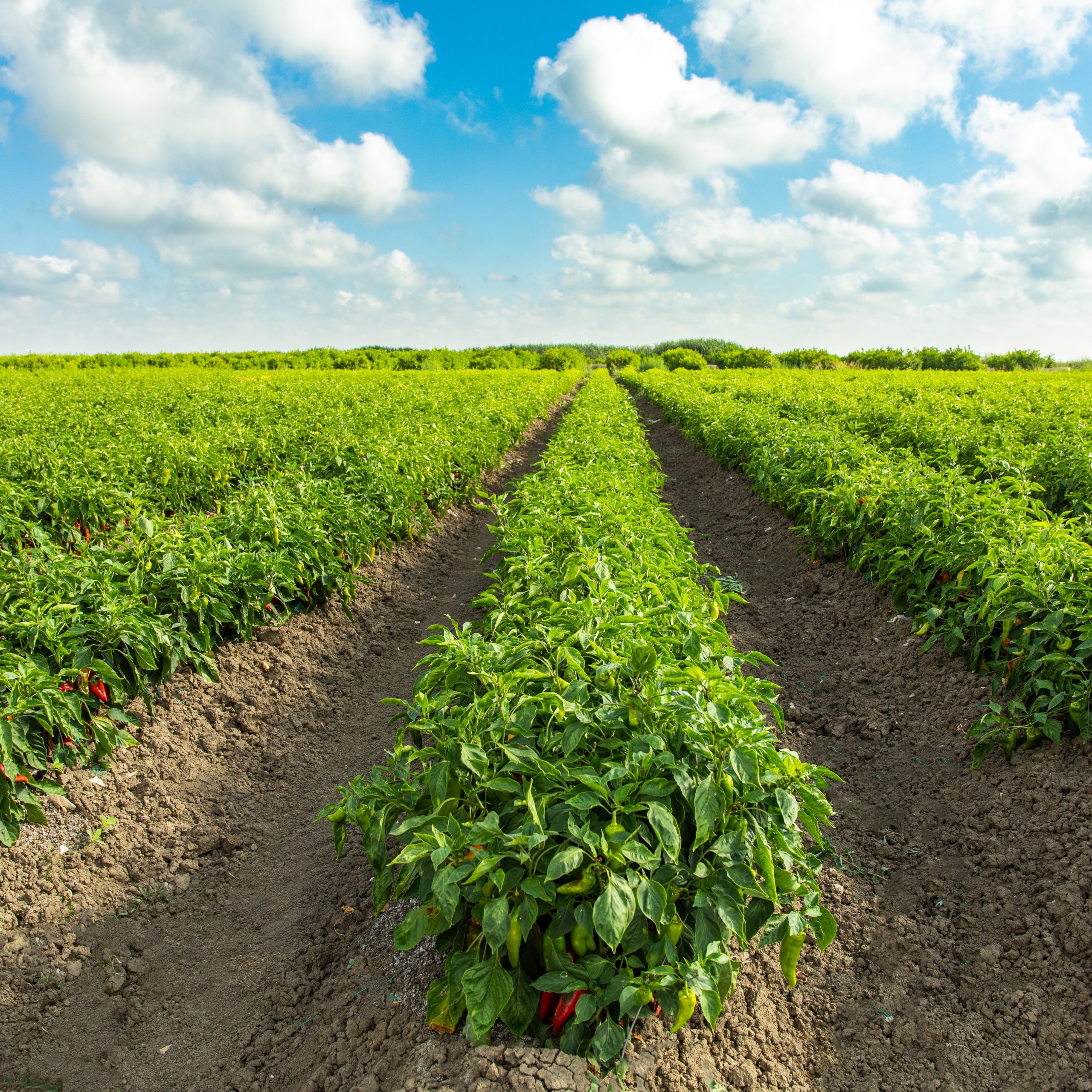
They’re joining the company’s usual assortment of leeks, dandelion greens, cilantro, bok choy, and other greens. Mollinelli says both eggplant and squash have been in the mix before and will now likely stay in the offerings.
Molinelli also sources some items from California growers, such as leeks, cilantro, and parsley.
Nardelli Brothers grows 80 different commodities on 1,400 acres in far South Jersey near the Delaware Bay. Rising demand for ethnic foods is one factor driving the business, including cilantro and Asian vegetables.
At Vineland Co-op Produce Auction Association, Inc. BB #:123763 in Vineland, NJ, the 2025 season seems to be off to a good start. “Products are coming in without issue,” reports Carol DeFoor, credit manager.
“Our growers have adapted over the years to maintain a strong presence in the produce industry, from the products they grow to changing how they are grown.
“For example,” DeFoor continues, “at one time eggplants were one of the largest crops sold here at the auction. Today you’ll find napa (cabbage), bok choy, cilantro, and serrano peppers.”
Evolving Requirements
In addition to his focus on this year’s crop, Gloucester County Packing’s Budd notes another topic that’s become more important over the years is audits.
He says some of his retail customers are now requiring various food safety and ethical audits to be carried out by third parties and overseen by the USDA and others.
Budd says one example is the growers he works with will need to be certified in integrated pest management (IPM) practices to ensure bees are being protected and pesticides are not overused.
The latter ties into several damaging pests that have become resistant to pesticides and insecticides. One is the diamondback moth, which targets cole crops such as broccoli, Brussels sprouts, cabbage, and cauliflower.
Found in several U.S. growing regions, including New Jersey, diamondback moths can appear in late spring and reproduce throughout the summer, then into the fall if temperatures stay warm.
Fortunately, there are ways to control infestations, including closely monitoring plants or transplants as well as crop rotation, but more promising is adding pheromone mating disruption to IPM programs.
Mating disruption naturally reduces populations by confusing adult males. One such product is from Suterra, part of the Wonderful Company, LLC based in Los Angeles, CA.
Natalia Gamarra, business development manager for Suterra’s East Coast operations, says Rutgers University has been trialing CheckMate DBM-F, with positive results.
Packaging Positives and Negatives
Like elsewhere, recycling and the use of plastic continue to be areas of note for producers, distributors, and retailers in New Jersey.
Recycled packaging is a step in the right direction, but plastic remains controversial.
Many decry the use of plastic, yet it can be vital to protecting fragile fruit and extending shelf life, is ideal for fresh-cut options, and provides convenience and portability.
New Jersey’s suppliers are doing what they can. Vineland Cooperative’s DeFoor mentions the increasing use of mulch, drip tape for irrigation, and recyclable plastic boxes.
Nardelli Brothers has been buying more recycled plastic containers to meet the demands of both retail and wholesale partners, says Nardelli.
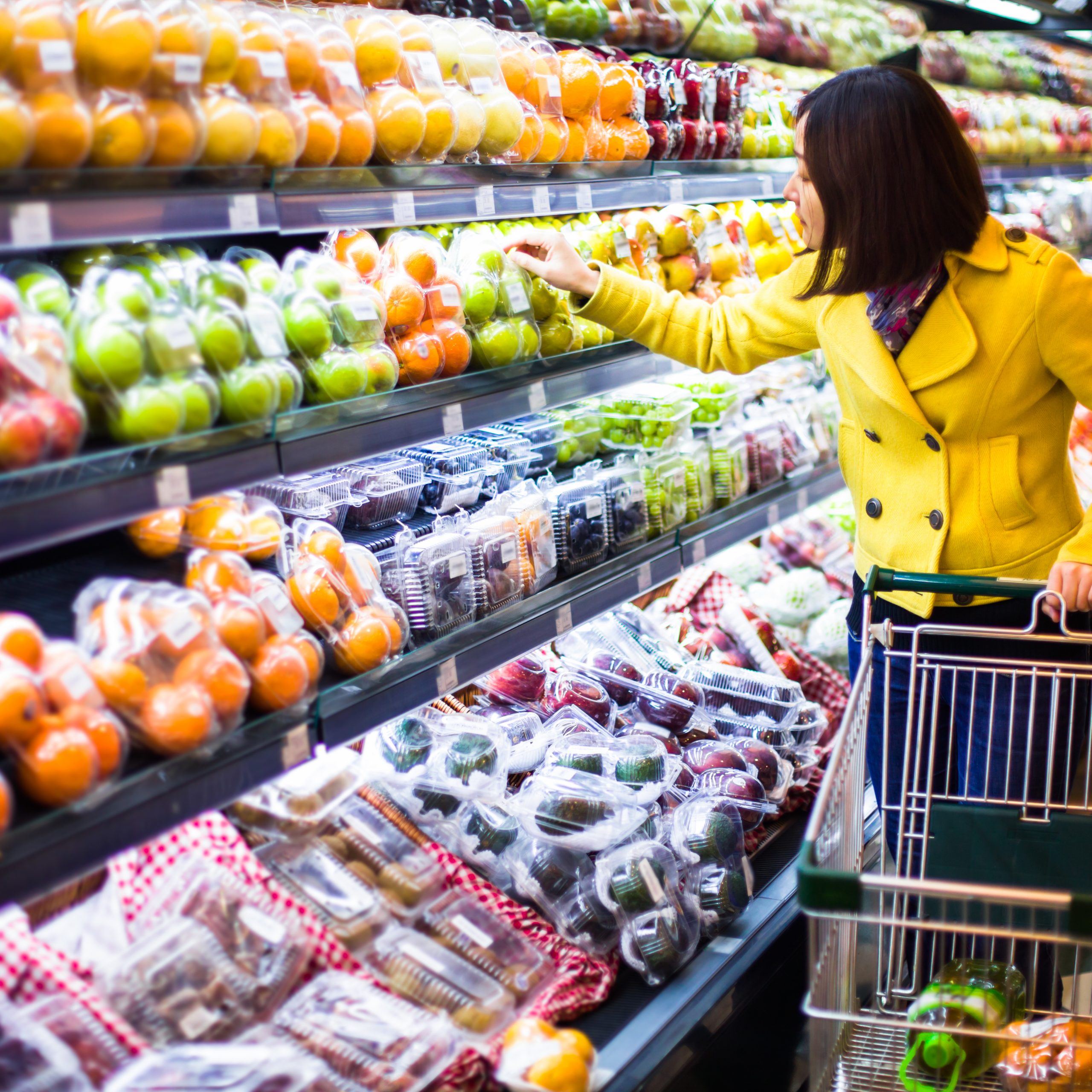
In addition, Nardelli Brothers has a tray pack machine for its corn operation, which was added a couple of years ago to meet customer preferences for recyclable trays.
Elsewhere in packaging, Nardelli says he’s seeing a steady demand for value-added items, including products wrapped in plastic, either individually or together with another item.
The same is true for grower-shipper R&R Flaim Next Generation Produce, LLC BB #:206204 in Vineland. The company grows 40 different crops, mostly vegetables, along with some fruit.
Ryan R. Flaim, president of the family farming operation, says they began individually wrapping some vegetable products to meet consumer demand.
“People feel it’s more sanitary and the product lasts long at retail,” he says.
Better Technology
New technologies designed to drive down costs and increase productivity are also high on the list of New Jersey producers.
Nardelli continues to review innovations in field operations and robotics to help improve outcomes.
He’s hoping to add in more technologies down the road as they become more widely available, and costs decrease.
The company has updated its technology in the office, as well as for shipping and distribution, using artificial intelligence (AI) to simplify and speed up tasks.
“Order distribution is where AI will help,” he says.
“We can send an order to AI and not have to manually input it. This gives employees more time to do tasks they need to do and prioritize them. This works towards efficiency.”
Home State Advantage
Tech tools and support also continue at the state level for New Jersey’s fresh produce suppliers.
The NJDA, in cooperation with Rutgers University and the New Jersey Composting Council, created a website (https://njmanurelink.rutgers.edu/) to enable producers to connect with farms that have available compost.
“Additionally, the NJDA’s Organic Sustainable Regenerative Agriculture program continues to assist producers seeking to transition to or increase their organic and regenerative production,” shares Atchison.
When it comes to marketing, the state’s well known Jersey Fresh program is expanding into value-added products with Made with Jersey Fresh.
“We’re continuing to celebrate the 40th anniversary of the Jersey Fresh program and are employing new tactics as part of our campaign,” explains Atchison, “including Pinterest and a digital boat billboard along the famous Jersey Shore with rotating messages throughout the season.”
“We’re continuing to celebrate the 40th anniversary of the Jersey Fresh program and are employing new tactics as part of our campaign.”
Looking Forward
Between the state’s support and individual company actions, operators are working hard to achieve a positive outcome this year for themselves, their customers, and consumers.
DeFoor sums it up. “Our growers face challenges yearly, as farming is a gamble,” she observes.
“You spend your money and time seeding, planting, fertilizing, and irrigating in the hopes that your produce will sell—so in return you can hopefully make a profit after paying the labor costs and all the bills you ran up before you can even pick the produce.”


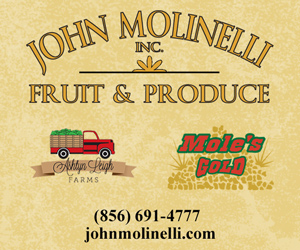
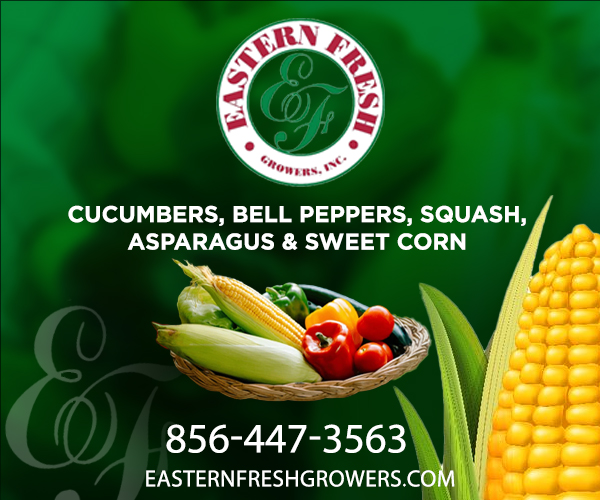
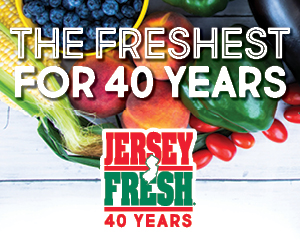


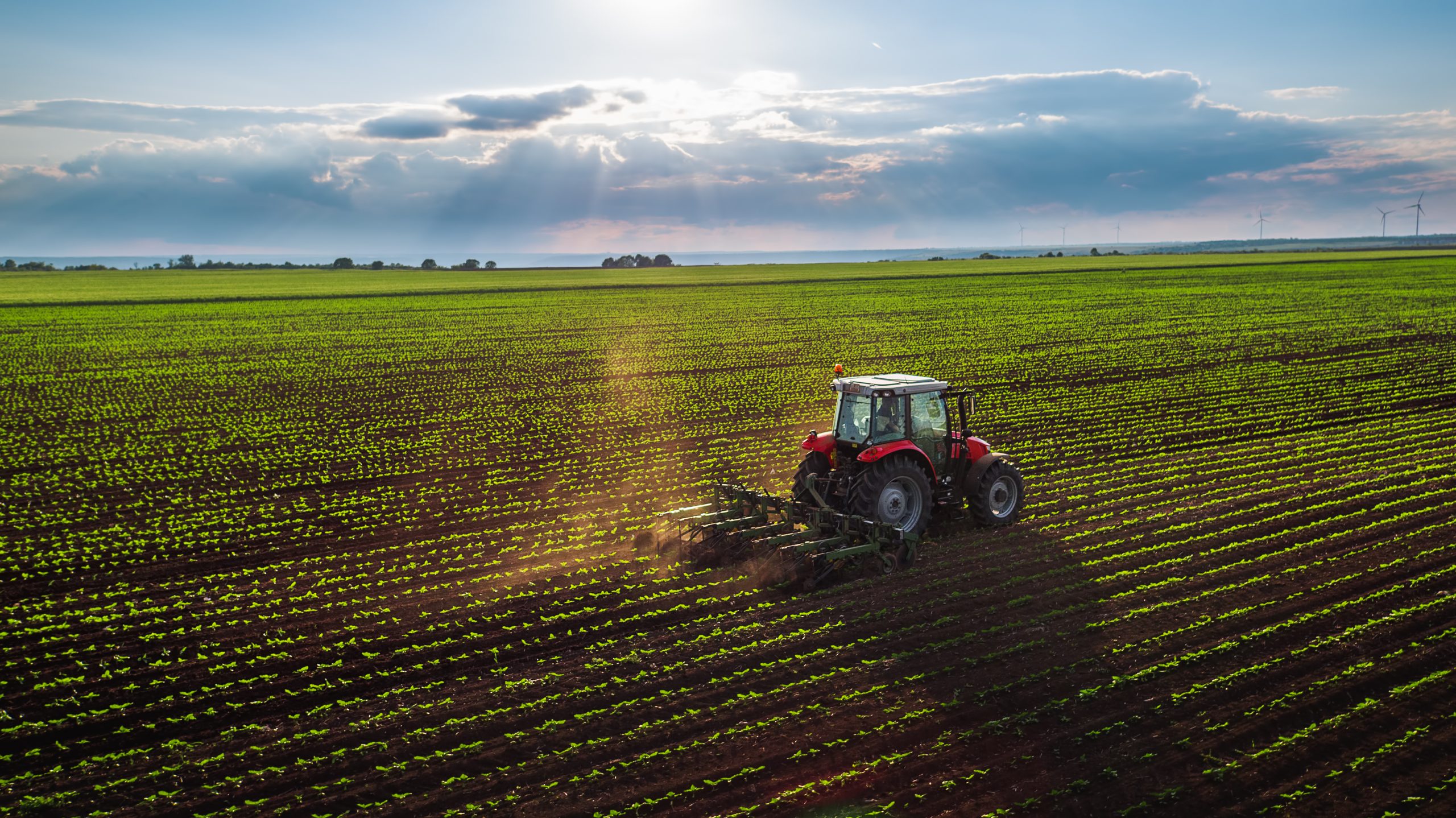
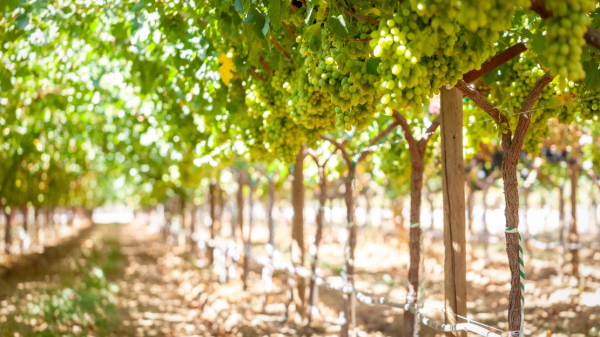
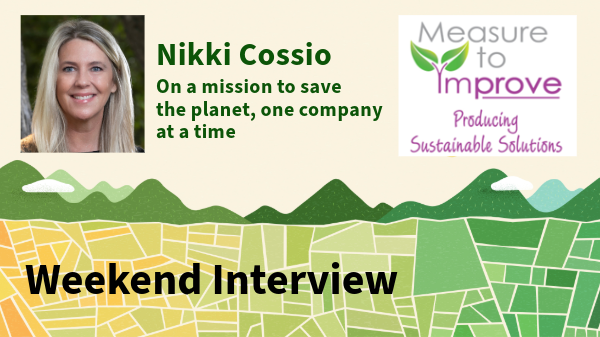
![CEO’s Perspective: A Primer on Tariffs [updated]](https://www.bluebookservices.com/wp-content/uploads/2025/04/CEO.png)
